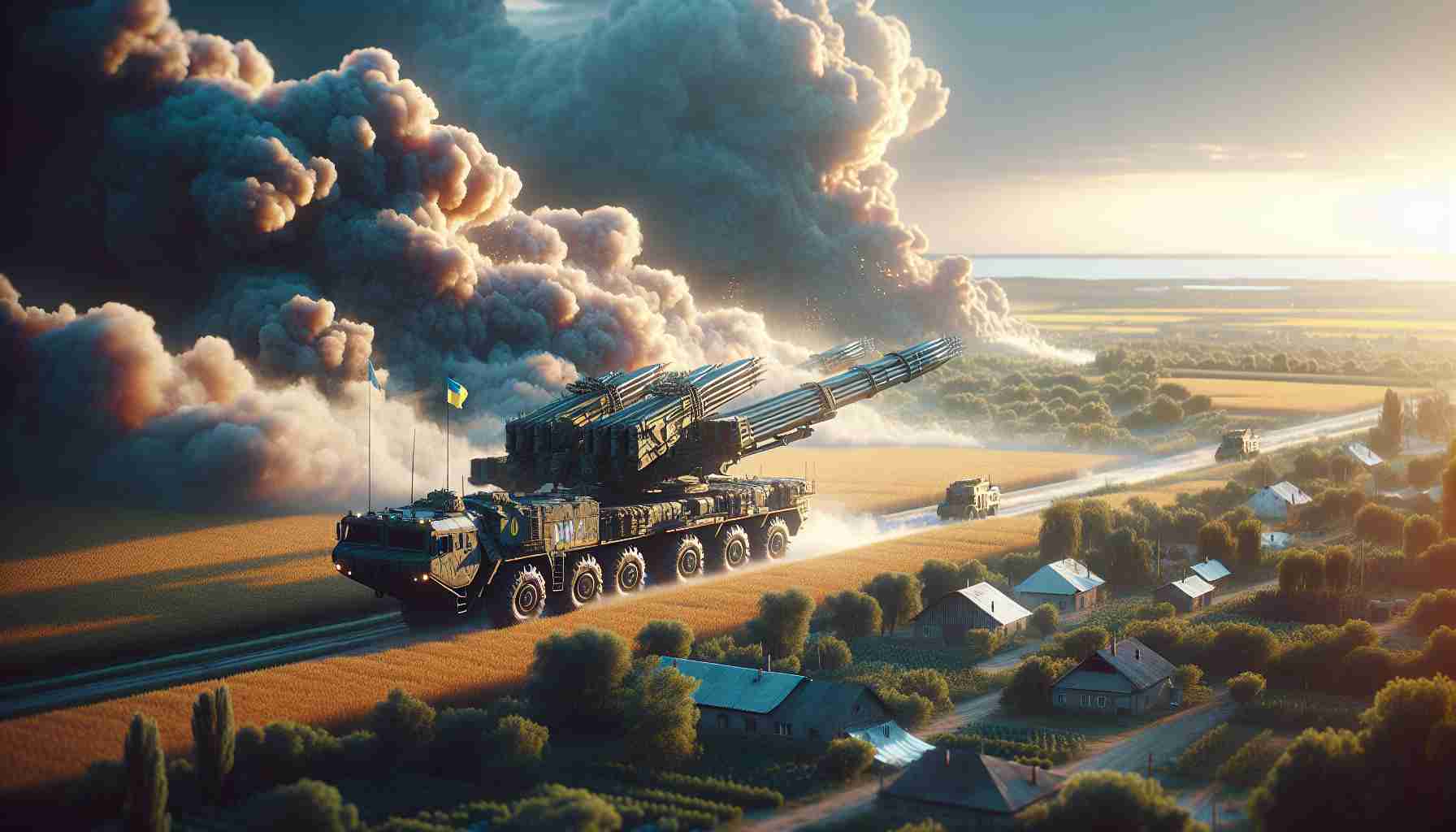NATO members are making significant strides in supporting Ukraine amidst its ongoing conflict with Russia. Countries like Denmark and the Netherlands have provided crucial air support by delivering F-16 fighters. More commitments have come from Belgium, Norway, and France, with the latter preparing to send Dassault Mirage 2000-5 fighters by 2025.
In a larger context of escalating military support, NATO allies have also sent significant ground forces to aid Ukraine. Germany’s Leopard 2 tanks, the UK’s Challenger 2, and the American M1 Abrams are actively contributing to Kyiv’s defense. Noteworthy among these is Spain, which leads tank contributions with a fleet of Leopard 2A4 models.
Defense spending among European NATO countries increased by 18%, now comprising 2.71% of their GDP, underscoring a robust commitment to help Ukraine against Russian aggression. These moves counter criticisms that Europe is not matching the United States’ substantial military support.
Denmark confirmed the delivery of six F-16 Fighting Falcons to Ukraine’s Air Force, with more expected soon. Meanwhile, the Netherlands pledged 18 F-16s, with aircraft having already reached a NATO training base in Romania, where Ukrainian pilots are currently honing their skills.
France is enhancing its Dassault Mirage fighters for transfer to Kyiv, focusing on air-to-ground capabilities crucial for ongoing combat scenarios. This rising tide of military aid reflects NATO’s unified resolve to strengthen Ukraine’s defensive and counter-offensive operations amidst the conflict.
How NATO’s Support to Ukraine is Accelerating Technological Advancements
In light of NATO’s increased military assistance to Ukraine, the ripple effects on technology development and global defense strategies are becoming increasingly apparent. While the delivery of advanced fighter jets and tanks dominates headlines, the broader implications of these trends offer fascinating insights into the future of warfare and technology.
Unseen Impacts on Technological Innovation
The deployment of state-of-the-art military hardware like F-16 jets and Leopard 2 tanks is influencing technological advancements beyond the battlefield. The integration of these systems into Ukraine’s defense forces necessitates the development of new training programs and maintenance technologies. Moreover, it serves as a testing ground for NATO’s latest innovations, allowing for real-world feedback and further refinements.
One of the noteworthy aspects is the software and communication systems that accompany these military machines. The need for seamless coordination among various NATO members and Ukraine is driving improvements in secure communication networks, which have broader applications in cybersecurity and civilian communication technologies.
Advantages and Disadvantages of Military Aid
While the increase in defense support has clear benefits such as bolstering Ukraine’s defenses and potentially deterring further aggression, there are also complexities to consider. These include the strain on donor countries’ resources and the potential escalation of the conflict. Additionally, the environmental impact of increased military activity should not be overlooked.
Advancements in Pilot Training and Simulation
The training of Ukrainian pilots in NATO aircraft has brought significant advancements in air combat simulation technologies. These programs, developed largely due to the urgency of the situation, have led to innovations that could revolutionize how pilots are trained worldwide. The use of virtual and augmented reality in these simulations is setting new standards in military training.
Questions Arising from the Conflict
Questions regarding long-term impacts continually emerge. Will this conflict mark a new era of technological warfare where drones and cyber capabilities play an even greater role? Can the innovations sparked by this crisis find applications in non-military industries, potentially benefiting civilian sectors?
Related Controversies
The provision of military aid is not without controversy. Critics argue that it risks escalating the conflict and dragging NATO countries into a prolonged confrontation. Additionally, debates continue over the sustainability of increased military spending and whether more peaceful diplomatic avenues have been fully explored.
As we watch these developments unfold, it’s crucial to consider both the immediate and long-term effects of military assistance on global technologies and defense strategies.
For more on related topics, visit NATO’s official website.
This evolving situation undeniably underscores the intersection of military needs and technological progression, with significant implications for the future.







